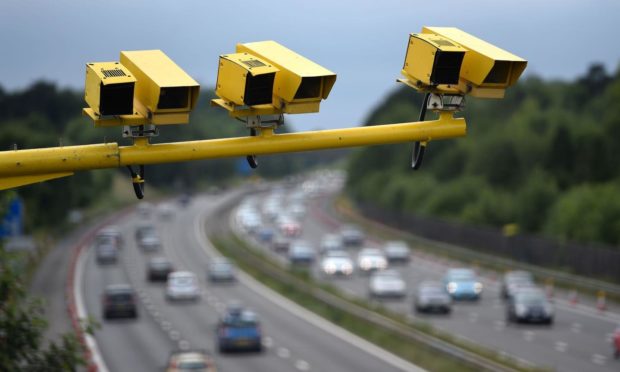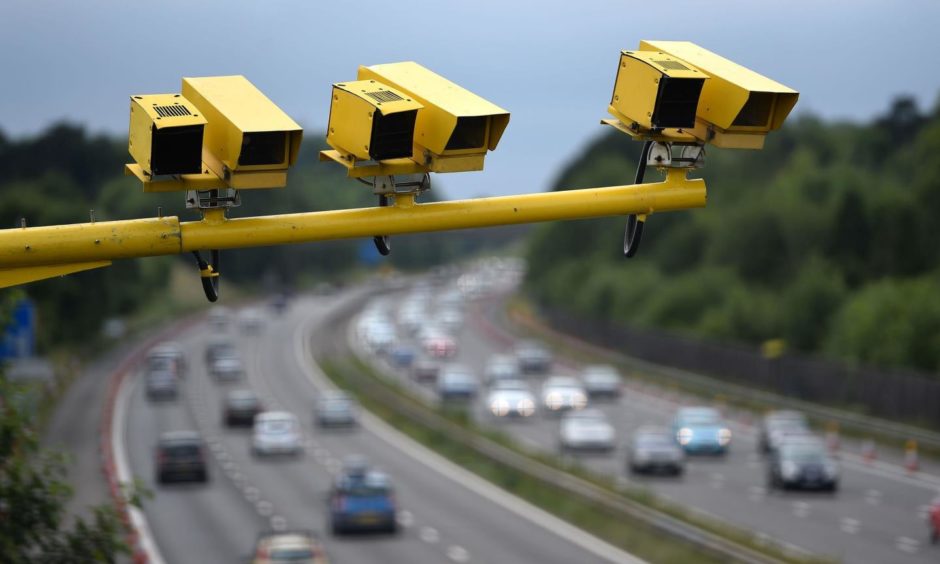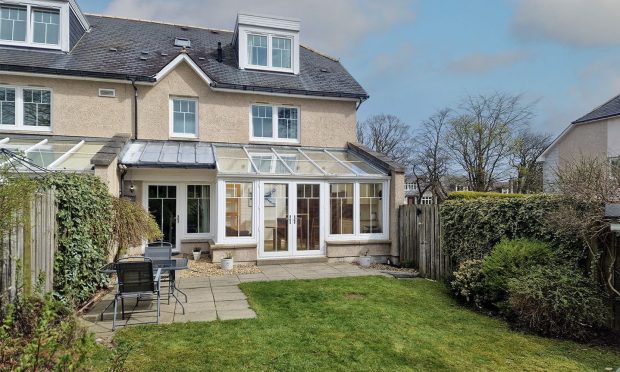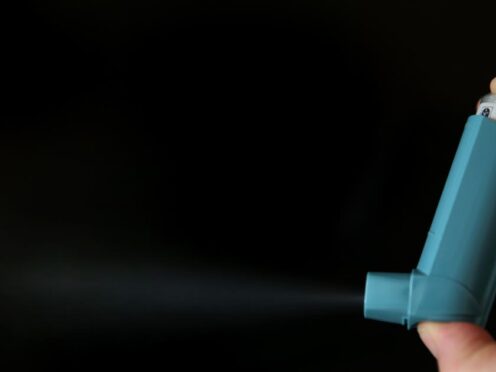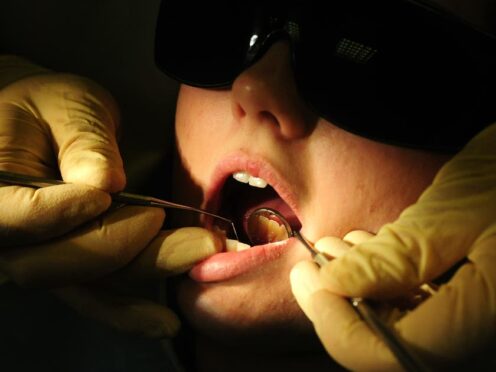Lockdown has seen an increase in 20mph areas in town, villages and cities across Scotland. However, it seems that support for more speed controls extends to motorways, too, after a survey revealed that over half of drivers backed using average speed cameras on regular stretches of motorway to combat speeding.
The cameras, which measure how long it takes motorists to travel between two fixed points mostly operate on motorways in sections of highway with roadworks.
However, in an RAC Report on Motoring survey of over 3,000 people, 54 per cent said they favoured using them on regular motorways to enforce the 70mph limit.
That’s despite 56 per cent of drivers admitting they had broken the motorway speed limit, and 34 per cent saying they had travelled over 80mph. Three per cent said they had driven above 100mph.
RAC road safety spokesman Simon Williams said: “We believe drivers see these cameras as being very effective at reducing speeds over longer distances and controlling traffic flow, as well as being fairer than fixed position ones as they aren’t instantly punished for a momentary transgression.”
Speed limit compliance is higher on roads with lower limits but the study showed 39 per cent of drivers ‘frequently disobeyed 20mph limits’, while 33 per cent said the same of 60mph country lanes.
Eleven per cent admitted they had driven above 40mph in a 30mph limit, while 10 per cent had exceeded 30mph in a 20mph zone.
